Unlocking Your Sketchbook Mind
In a fast-paced world where moments are fleeting, observation is the unsung hero of creativity. For artists, especially those working with sketchbooks, dedicating time to observe can be transformative. By sharpening your focus on details and engaging in sketch making, you’ll find the inspiration you need to elevate your work. Here’s how observation can help unlock your sketchbook mind and fuel your artistic growth.

credit: MEDITIONH
Why Observation Matters for Artists
Seeing Beyond the Surface
Observation is the foundation of expressive art. It’s not just about looking—it’s about seeing with intention. Artists who cultivate observational skills learn to notice the subtle interplay of light, shadow, form, and emotion in everyday life. This attentiveness allows them to translate fleeting moments into sketches that resonate with depth and authenticity.
Whether you’re capturing a quiet street corner or the curve of a hand, observation helps you move beyond generic representations and into the realm of storytelling through visual nuance.
Benefits of Making Time for Observation
Taking time to observe your surroundings offers a range of artistic and emotional benefits:
Improved Artistic Precision
By studying real-world forms, proportions, and spatial relationships, you develop a stronger grasp of anatomy, perspective, and structure. This leads to more accurate and confident sketches, especially when working from life.
Enhanced Creativity
Observation fuels imagination. Patterns in nature, textures in architecture, and color palettes in urban scenes can all spark new ideas. The more you observe, the richer your visual vocabulary becomes.
Greater Emotional Connection
Sketching from observation allows you to capture the feeling of a moment—not just its appearance. Whether it’s the quiet tension in a figure’s posture or the warmth of morning light, these emotional cues deepen the impact of your work.
How Sketch Making Enhances Your Observation Skills
Sketching is a form of active observation. When you draw, you’re not just recording what you see—you’re interpreting it. This process trains your eye to notice:
- Subtle shifts in tone and texture
- Movement and gesture
- Relationships between objects and space
Over time, sketching sharpens your ability to distill complex scenes into meaningful compositions. Even quick studies or gesture drawings can reveal insights that photography or passive viewing might miss.
Why Use a Sketchbook?
A sketchbook is more than a tool—it’s a companion in your creative journey. Here’s why it deserves a permanent place in your bag or studio:
Portable Creativity
With a sketchbook on hand, you’re always ready to capture inspiration. Whether you’re waiting at a café or walking through a park, spontaneous sketching keeps your creative muscles engaged.
Chronicle Your Journey
Your sketchbook becomes a visual diary, documenting your growth, experiments, and discoveries. Flipping through old pages reveals how your style evolves and what themes consistently draw your attention.
Encourage Daily Practice
Regular sketching builds discipline and confidence. It helps you overcome perfectionism, embrace mistakes, and develop a personal rhythm. Even five-minute sketches can make a lasting impact on your skills and mindset.
Sketchbooks.org | VISUAL RESEARCH HUB
Detailed Observational Sketching
Visual research is critical for any creative endeavor. We have compiled specialized links to lead you directly to images, videos, and inspiration for "Detailed Observational Sketching" across the web's best visual search platforms.
Making Time for Daily Observation and Sketching
Integrating Sketching into Everyday Life
You don’t need hours of free time to nurture your artistic practice—just a few intentional minutes can make a meaningful difference. By weaving observation and sketching into your daily routine, you build consistency and deepen your connection to the world around you.
Morning Walks
Begin your day with a short walk, even if it’s just around the block. Bring your sketchbook and capture whatever catches your eye—the curve of a lamppost, the texture of a leaf, or the silhouette of a passerby. These quiet moments help awaken your senses and set a creative tone for the day.
Commuting Moments
If you travel by bus, train, or car (as a passenger), use that time to observe your surroundings. Quick gesture sketches of fellow commuters, glimpses of passing scenery, or architectural details can turn idle time into a creative exercise. Even a few lines can sharpen your observational reflexes.
Quiet Breaks
Carve out 15 minutes during lunch, between tasks, or before bed to sketch something nearby. It could be your coffee mug, a houseplant, or the view from your window. These micro-sessions help you stay engaged without pressure, reinforcing the habit of daily creativity.
Observation Techniques to Elevate Your Sketches
Observation is a skill you can train. These techniques help you see more deeply and sketch with greater intention.
Focus on Textures
Textures tell stories. Whether it’s the roughness of tree bark, the weave of a sweater, or the cracks in a sidewalk, take time to study and replicate these patterns. Use crosshatching, stippling, or contour lines to explore how texture affects form and mood.
Study Movement
Movement brings life to your sketches. Watch how people shift their weight, how animals stretch or leap, and how wind affects leaves or clothing. Practice capturing gestures quickly—don’t worry about perfection. These studies build fluidity and expression in your work.
Play with Perspective
Challenge yourself to sketch from unusual angles. Look up at towering buildings, down at your shoes, or across a crowded room from a tucked-away corner. Changing your viewpoint helps you understand spatial relationships and adds dynamic energy to your compositions.
Subject Matter for Everyday Sketching
Diverse Themes to Keep Creativity Flowing
Daily sketching thrives on variety. By exploring different subjects, you avoid creative stagnation and discover new ways to express your perspective. Here are some versatile themes to rotate through:
People
Capture candid gestures, facial expressions, and body language. Public spaces like parks, cafés, or transit stops offer endless opportunities for quick studies and character sketches.
Architecture
Sketch buildings, bridges, windows, and cityscapes. Focus on structural lines, decorative details, and how light interacts with surfaces. Try contrasting modern and historic styles.
Nature
Observe leaves, trees, flowers, and landscapes. Nature offers organic shapes, textures, and seasonal changes that challenge your observational skills and enrich your visual vocabulary.
Still Life
Arrange everyday objects—cups, fruit, books, tools—and sketch them from different angles. Still life studies help you practice composition, shading, and proportion.
Animals
Whether it’s your pet, birds at a feeder, or wildlife glimpsed on a walk, animals in motion offer dynamic sketching opportunities. Focus on posture, anatomy, and personality.
Textures and Patterns
Zoom in on surfaces like wood grain, fabric folds, tiled floors, or brick walls. These studies sharpen your attention to detail and add richness to your sketches.
Scenes
Illustrate environments like bustling marketplaces, quiet cafés, or serene parks. Capture atmosphere, spatial relationships, and the interaction between people and place.
Abstract Interpretations
Let go of realism and sketch shapes, lines, and patterns inspired by your surroundings. Abstract sketching encourages emotional expression and creative freedom.
How Observation Drives Sketchbook Inspiration
Seeing the World with Fresh Eyes
Observation transforms the ordinary into the extraordinary. By slowing down and paying attention, you uncover stories, rhythms, and visual cues that fuel your sketchbook. This practice:
- Encourages mindfulness and presence
- Reveals unexpected beauty in daily life
- Challenges your assumptions and expands your perspective
Whether you’re sketching a crumpled napkin or a city skyline, observation helps you connect with your subject on a deeper level.
Sketch Ideas Born from Observation
Real-World Inspiration for Your Pages
Let your surroundings guide your creativity. Here are a few observation-driven sketch ideas:
Urban Landscapes
Study buildings, signage, and street scenes. Layer elements to create complex compositions that reflect the energy of city life.
Nature’s Details
Zoom in on textures—veins in leaves, ripples in water, or the grain of stone. These small studies can be meditative and surprisingly expressive.
People in Motion
Capture fleeting gestures, postures, and expressions. Quick sketches of movement help you convey emotion, character, and spontaneity.
Staying Motivated to Observe and Sketch
Building a Sustainable Creative Habit
Daily sketching is a commitment, but it doesn’t have to feel like a chore. Here’s how to stay inspired and engaged:
Set Challenges
Create themed prompts for yourself—sketch only textures for a week, explore a single color palette, or draw from unusual angles. Constraints can spark innovation.
Join a Community
Connect with other sketchbook enthusiasts online or locally. Sharing your work and seeing others’ approaches fosters motivation and mutual inspiration.
Celebrate Progress
Flip through your older sketches and notice how your style, confidence, and observational skills have evolved. Progress is a powerful motivator.

Sketchbooks.org | SKETCHBOOK KINDS
Mathematicians and Theorists Use Sketchbooks
When you picture mathematicians and theorists at work, what comes to mind? Maybe it's a chalkboard covered in equations or a computer screen with lines of code. But what might surprise you is that many...
Closing Thoughts
Making time for observation with sketch making is a powerful way to enhance your artistry and fuel your sketchbook inspiration. By focusing on the details around you and translating them into your work, you’ll discover new dimensions of creativity.
Call to Action
Take your sketchbook out today and start observing—whether it’s the urban jungle or the quiet rhythm of nature, inspiration is all around you. Begin documenting your journey one sketch at a time!
Let your observation lead the way as your artistic skills soar to new heights.
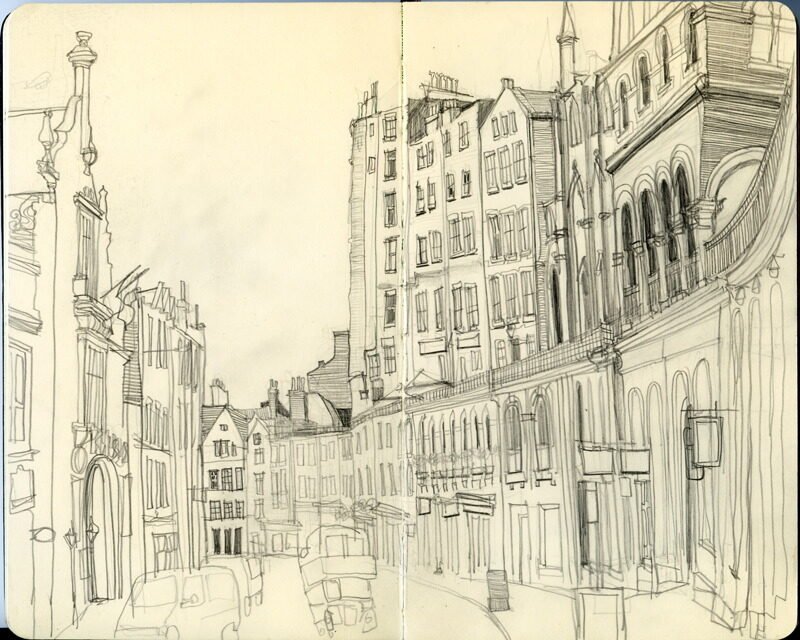
credit: MAGDA
Ready to Share Your Work?


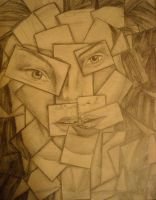
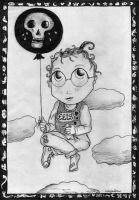

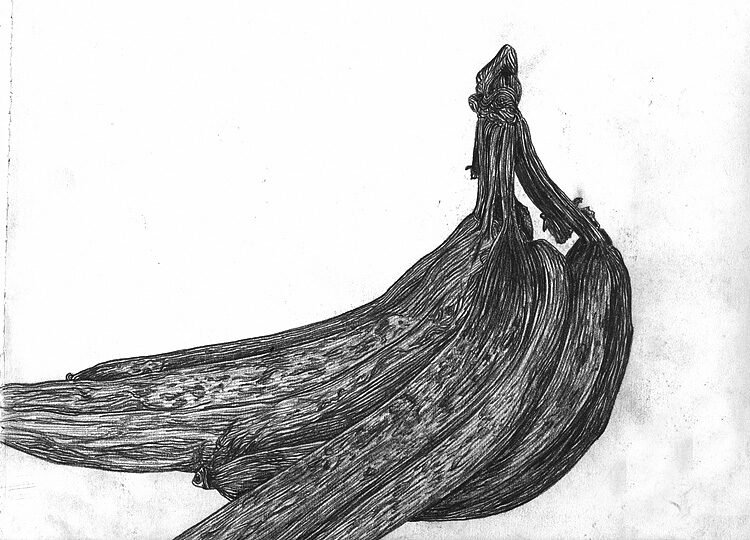
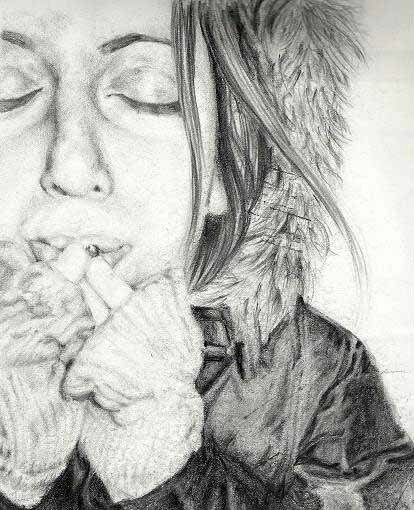
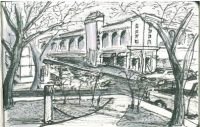
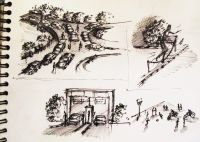

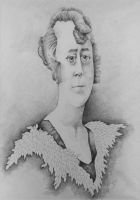
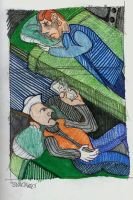

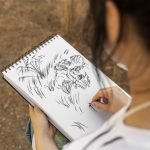
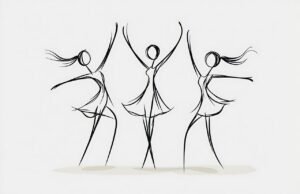
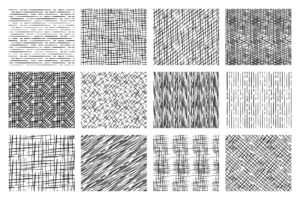
This makes me want to sketch clouds..